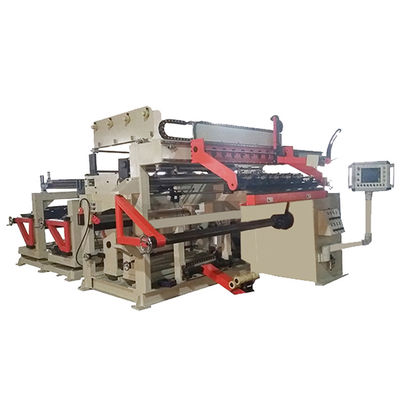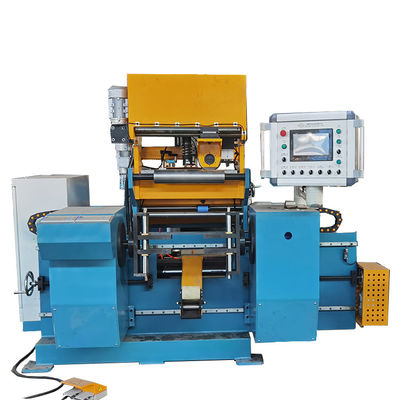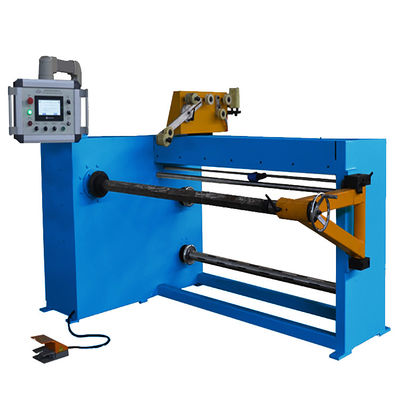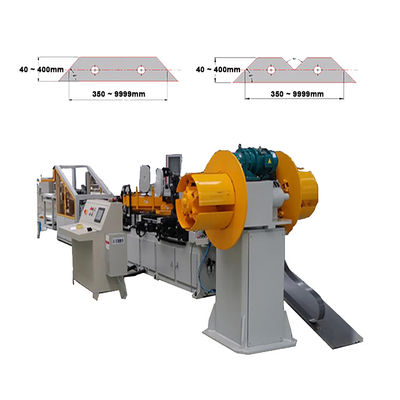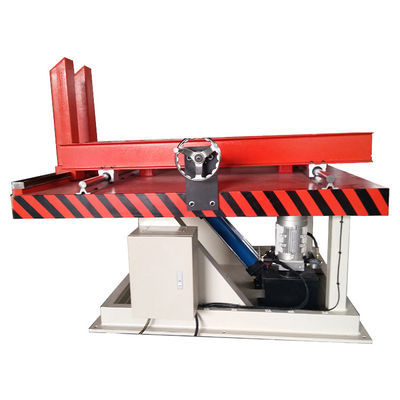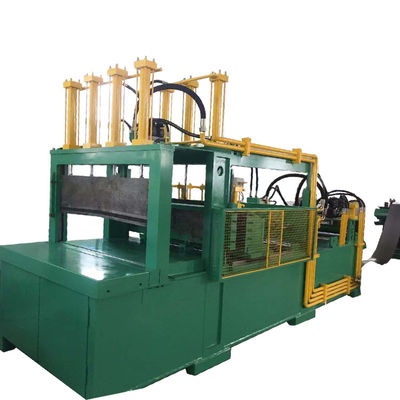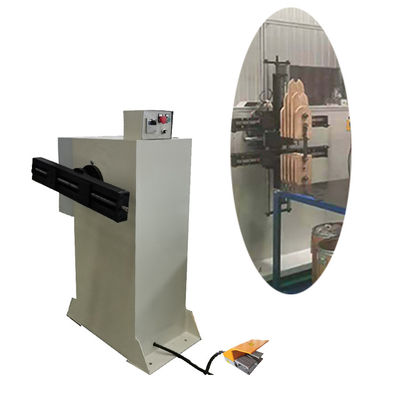Despite semi automatic winding machines have many benefits, semi automatic winding machines come with certain disadvantages and limitations, particularly when compared to automatic winding machines.
A significant drawback is their higher labor dependency. These machines require more human labor and staff involvement, as numerous operations beyond the automatic wiring still necessitate manual completion, such as the initial fixing of winding positions and the subsequent removal of wound coils. This reliance on human input points to a potential scalability ceiling. As production demands escalate, the labor cost per unit for semi automatic machines can eventually outweigh the initial cost savings, making them less economically viable for very high volume scenarios. This illustrates how increased production volume can directly magnify the impact of labor dependency, potentially leading to higher overall operational expenses despite a lower upfront machine cost.
The impact of operator proficiency is another critical factor. The overall work efficiency and quality can be significantly influenced by the skill level and training of the operators, as manual correction and compensation are frequently required. This highlights a direct link between human skill and the consistency of the output. While the machine automates the winding action, the precision and uniformity of the final product remain considerably dependent on the operator's manual setup, adjustments, and removal processes. This can introduce variability in product quality, which might be unacceptable for applications demanding the highest levels of uniformity, creating a tradeo ff between cost and ultimate precision.
Furthermore, semi automatic machines exhibit lower efficiency for high-volume production. While effective for medium-sized runs, they are not designed to meet the demands of heavy manufacturing or high-volume environments, where automatic machines are engineered to excel. Consequently, they offer reduced winding accuracy compared to automatic winding machines. They generally provide less precision and uniform winding closure, making them less suitable for tasks that demand extremely tight tolerances or highly intricate designs.
In terms of functionality, semi automatic machines typically offer fewer features and are predominantly manually controlled. They often lack the comprehensive digital control and integrated display screens that characterize automatic systems.
Lastly, technical support challenges can arise. Finding solutions for operational issues may be less convenient due to a greater variety of brand types and less standardized technical methods, in contrast to the more uniform support structures often available for fully automatic systems.

 Your message must be between 20-3,000 characters!
Your message must be between 20-3,000 characters! Please check your E-mail!
Please check your E-mail!  Your message must be between 20-3,000 characters!
Your message must be between 20-3,000 characters! Please check your E-mail!
Please check your E-mail! 
